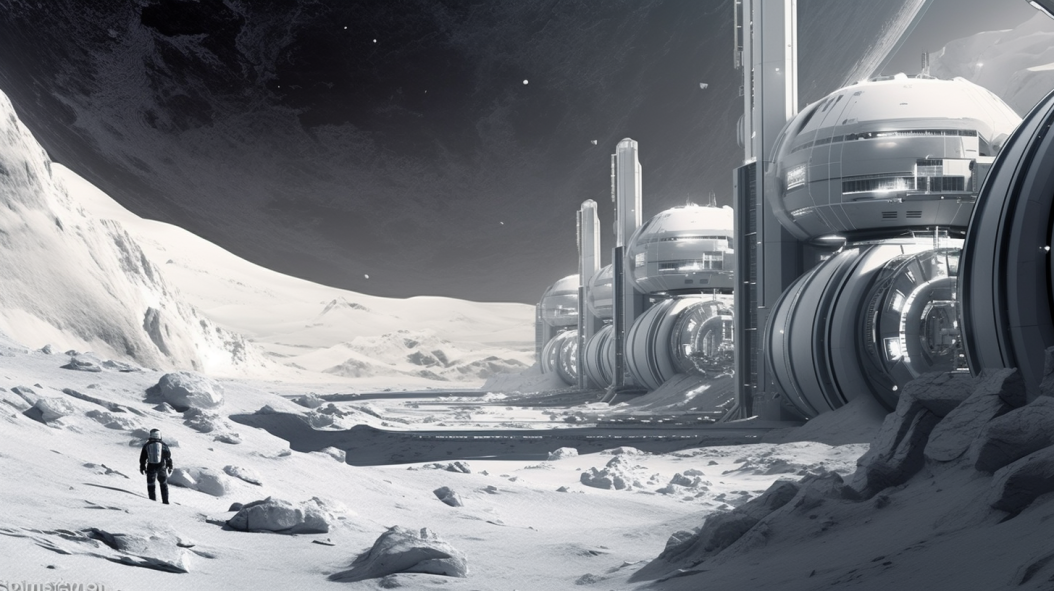Creating a Lunar Refueling Station: Producing Liquid Methane and Oxygen on the Moon

Space exploration is entering an exciting new era, and the idea of creating a refueling station on the Moon for SpaceX’s Starship or other spacecraft is a tantalizing prospect. This post explores the scientific and engineering challenges of producing liquid methane and oxygen (LOX) on the Moon.
Methane Production
Methods:
- Sabatier Reaction: Using hydrogen and carbon dioxide.
- Direct Hydrogenation of Carbon: If elemental carbon can be extracted.
- Importing Carbon: From Earth or other celestial bodies.
Challenges:
- Limited Availability of Carbon: Carbon is scarce on the Moon.
- Energy Requirements: Significant energy needed for extraction and synthesis.
- Technological Complexity: Advanced technology required.
- Economic Viability: High costs involved.
Oxygen Production
Oxygen is more abundant on the Moon, primarily in the form of oxides in lunar regolith (soil).
Methods:
- Electrolysis of Water: If water ice can be extracted from the lunar poles, it can be electrolyzed to produce oxygen (and hydrogen).
- Reduction of Lunar Regolith: Various methods can be used to extract oxygen from lunar soil, such as the molten salt electrolysis of regolith.
Challenges:
- Energy Requirements: Both electrolysis and regolith reduction require substantial energy.
- Technological Complexity: Developing the technology to process regolith on the Moon is complex.
- Infrastructure Needs: Extensive infrastructure would be needed to mine, transport, and process the regolith.
Cryogenic Liquification
To be used as rocket fuel, both methane and oxygen would need to be cooled to cryogenic temperatures.
- Liquid Methane: Needs to be cooled to about -161°C (-258°F).
- Liquid Oxygen: Needs to be cooled to about -183°C (-297°F).
Challenges:
- Energy Requirements: Cryogenic cooling requires significant energy.
- Technological Complexity: Cryogenic systems must be developed to operate in the harsh lunar environment.
- Storage: Specialized storage tanks would be needed to keep the fuels at cryogenic temperatures.
Energy Requirements
The combined energy requirements would be substantial. Potential energy sources:
- Solar Power: Abundant but challenged by the long lunar night.
- Nuclear Power: Small nuclear reactors could provide continuous energy.
Conclusion
Creating a refueling station on the Moon for liquid methane and liquid oxygen is a fascinating concept with significant challenges. While theoretically possible, the technological complexity, energy requirements, and economic factors make it a long-term goal. Such a station could play a vital role in future space exploration, enabling more extended missions and providing a stepping stone for human exploration of Mars and beyond.